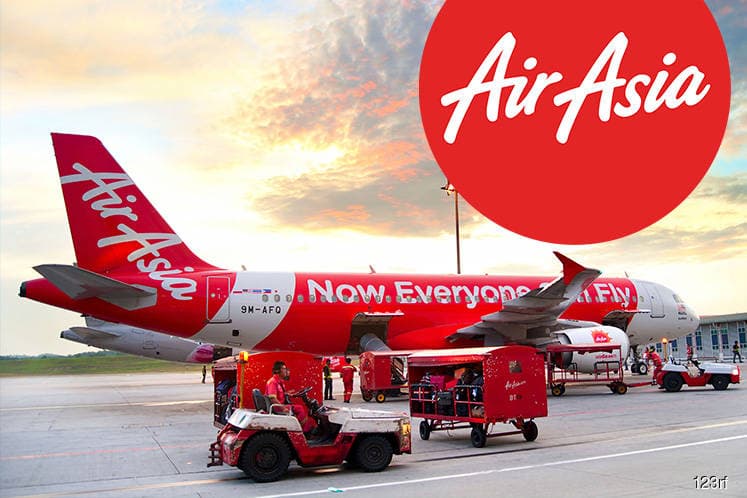
This article first appeared in The Edge Financial Daily on March 13, 2019
AirAsia Group Bhd
(March 12, RM2.74)
Maintain buy with an unchanged target price (TP) of RM3.40: There was a second tragedy recently involving the Boeing 737 MAX 8 in less than a year. On Sunday, an Ethiopian Airlines flight from Addis Ababa to Nairobi crashed six minutes after take-off, killing 157 people on board. The plane — Boeing 737 MAX 8 — is the same model involved in a tragedy less than five months ago when a Lion Air flight crashed into the Karawang Waters in West Java.
According to Boeing’s website, the Southeast Asian airlines using the Boeing 737 MAX 8 are Silk Air, Garuda Indonesia and Lion Air. Following the Ethiopian Airlines tragedy, Indonesia’s transportation ministry decided to ground all Boeing 737 MAX 8 aircraft in the country pending an airworthiness inspection. So far, Garuda Indonesia has taken additional inspections of its Boeing 737 MAX 8 fleet with no faults found, but will continue conducting inspections of several systems suspected to be the main cause of the accident.
Even if the overall inspections on Indonesian carriers using the Boeing 737 MAX 8 did not discover any faults, we opined that sentiments to fly on airlines with that particular aircraft could be affected in the short term. AirAsia Group Bhd’s current fleet of more than 100 aircraft does not include any aircraft from Boeing but instead uses Airbus aircraft. With this, we do not discount the possibility of a temporary shift in Indonesian passengers opting for AirAsia flights.
We maintained our “buy” call with an unchanged TP of RM3.40 per share, pegging its financial year ending 2019 (FY19) earnings per share at price-earnings ratio (PER) of 10 times. Notably, AirAsia is trailing at a PER of 4.6 times, while its Asian peers are trading at an approximate PER above 10 times which we opined is unwarranted given the group being the leading Asean low-cost carrier.
The possible shift of passengers to AirAsia due to the Boeing fleet absence could further sustain the group’s load factor to remain above 80%. We still like AirAsia as it continues to enhance its cost structure, along with its efforts in rationalising revenue and cost via digitalisation. We also believe a headwind from oil prices will be moderated by AirAsia’s hedging policies. Overall, we believe AirAsia’s prospects remain sanguine predicated on a stable demand growth with an average available seat kilometres expansion of 14% in FY18; and a resilient load factor despite volatile fuel prices. — MIDF Research, March 12